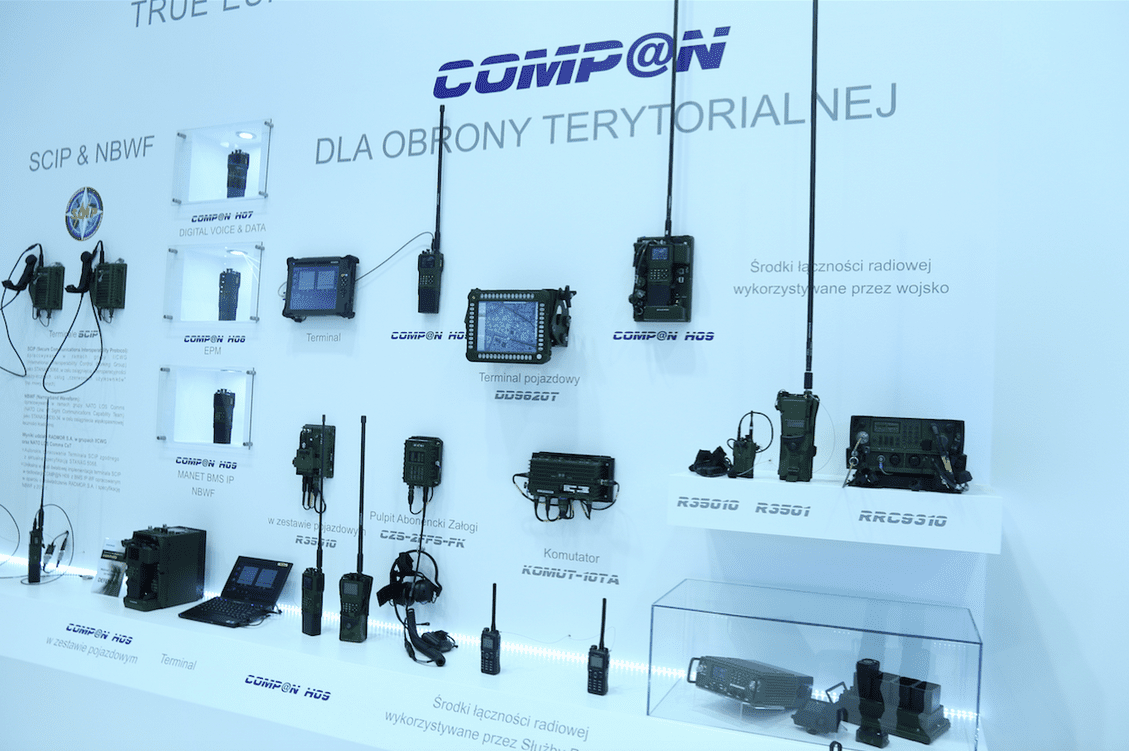EUSpace16: Small Launch Vehicle for Europe. Inauguration of a New Initiative
During the European Space Solutions 2016 conference, an official inauguration of the SMILE project took place, the goal of which is to create a small launch vehicle which would be capable of sending a payload of up to 50 kilograms into the Earth’s orbit. The international programme, involving fourteen companies and institutions hailing from 8 countries, is a response to a need of creating a cheap launch vehicle for light satellites. At the moment, numerous companies from all around the world have their projects initiated within that area. Poland also expressed its interest in acquisition of such system.
SMILE Project – Small Launch Vehicle for Europe
During the European Space Solutions 2016 conference, an official inauguration of the SMILE (Small Innovative Launcher for Europe) project took place, the goal of which is to create a small launch vehicle which would be capable of sending a payload of up to 50 kilograms into the Earth’s orbit. The initiative is realized as a part of the Horizon 2020 EU programme, and it has received an amount of EUR 4 million in financial support, for the period of the upcoming three years. The new European launch vehicle is expected to make it possible to put small satellites into the Earth’s orbit, with a price which would not exceed EUR 50 thousand, per one kilogram of payload.
The initiative assumes that technologies which would make it possible to create a light and cheap launch vehicle fitted with a hybrid propulsion system, which would feature a composite structure, and components which could be created on the basis of the 3D printing technology. The launch price is also expected to be lowered, thanks to a technology which will make it possible to recover the rocket, fully or partially.
14 companies and institutions are involved in the SMILE initiative, hailing from Belgium, Denmark, Greece, Spain, Germany, the Netherlands, Norway and Romania. These companies include: NLR- Netherlands Aerospace Centre, German Space Agency, Dutch ISIS company which manufactures small CubeSat class research satellites, Norwegian Nammo company which manufactures rocket engines, and the Norwegian Andøya Space Center, where launches of the new system could take place in the future.
At the moment we do not know when the rocket which would allow the Europeans to send small satellites into the Earth’s orbit would be ready. Until the end of 2018, a full design of the system, along with prototypes of most of the critical elements of the vehicle are going to be created. Representatives of the SMILE consortium have stressed the fact that proper financing of the programme is going to be one of the critical issues, within the scope of development of the initiative. If this is a success, the rocket may be ready for testing as early as in 2020.
Launch Systems for Small Satellites – A Global Trend
Small launch vehicle initiative has a very prospective character at the moment, considering the advances in miniaturization of the satellites, and a need to create an effective system for placing them in the outer space. This would make it possible to get independent, for the operators of small space instruments, from the spatial constraints, that may limit the options of joining some larger space initiatives with their own payload. For this reason, similar systems that are to make it possible to launch payloads of 50 to 150 kilograms, are being currently developed by several US companies, and by firms from New Zealand or India. Also, European companies are interested in development of a launcher which is smaller than the Italian Vega system, employed by ESA. It is worth noting that Airbus Defence & Space company also announced that such small launch vehicle would be developed.
Will a Polish Launch Vehicle Be Created?
Poland is also looking towards creation of own, small launch vehicle, possibly in collaboration with Ukraine. The fact that the programme is seen as one of the priorities of the Ministry of Defence has been announced during the 2016 Space Sector Forum by professor Marek Banaszkiewicz, who is the President of the Polish Space Agency. The Polish rocket would be a bit larger, as it would offer a capacity to launch 200-250 kilograms of payload into the orbit.

